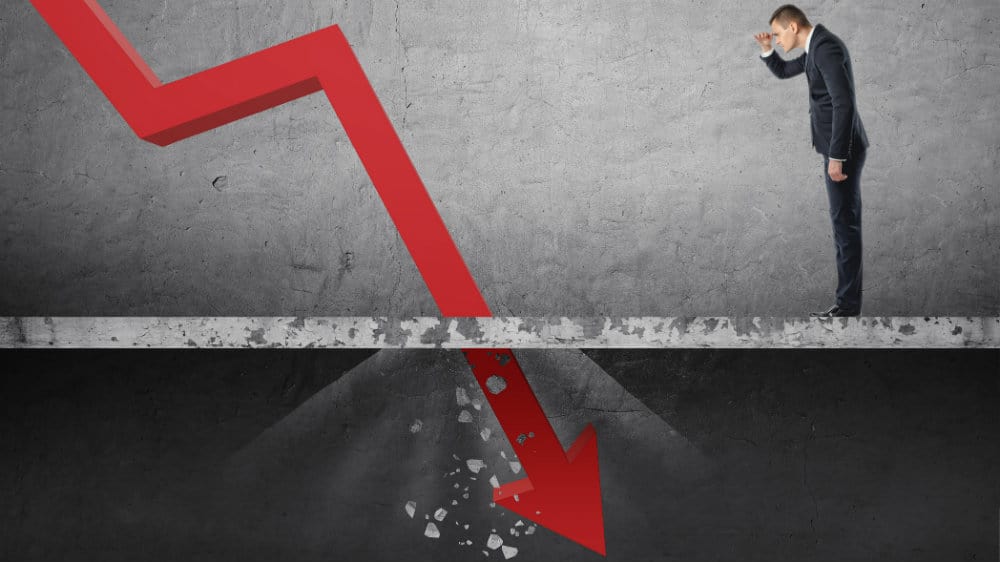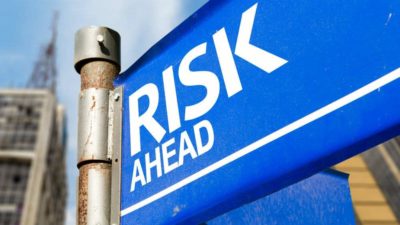Investors had a white-knuckle ride on the global stock markets last week due to the war in Ukraine. The FTSE 100 fell by nearly 6%, dipping below 7,000 for the first time in six months. Investors looking to use this year’s stocks and shares ISA allowance may well be wondering whether to delay their contributions.
Sarah Coles, senior personal finance analyst at Hargreaves Lansdown, comments that “Markets hate nasty surprises, and this was both unimaginably horrible and completely unexpected. The market falls so far haven’t been as fast or as dramatic as the pandemic crash, but they’re the worst we’ve seen since then.”
Let’s look at five ISA tips for managing risk in turbulent markets, along with two funds that might offer a relatively safe haven for investors.
Should you invest £1,000 in J D Wetherspoon Plc right now?
When investing expert Mark Rogers has a stock tip, it can pay to listen. After all, the flagship Motley Fool Share Advisor newsletter he has run for nearly a decade has provided thousands of paying members with top stock recommendations from the UK and US markets. And right now, Mark thinks there are 6 standout stocks that investors should consider buying. Want to see if J D Wetherspoon Plc made the list?
[top_pitch]
Five ISA strategies for investing in volatile times
Sarah Coles reports that “Some investors have been worried into selling up and retreating into cash. Others are holding back from investing this year’s ISA allowance. However, being put off by volatility means missing out on potential long-term growth.”
So, what are her top five investment strategies for stocks and shares ISA investors?
1. Consider your level of diversification
Diversification is an important tool for managing risk in volatile markets. Markets are naturally cyclical, meaning that different sectors and asset classes perform better in some periods than others.
For example, bond prices tend to go up as share prices go down. Data from Trustnet reveals that seven of the top 10 highest-returning sectors in 2018 were bond-related.
Sarah Coles recommends that you don’t “assume your portfolio is diverse: revisit it. Over time, growth in some areas and falls in others can unbalance it, so check you’re comfortable with your holdings”.
2. Invest your ISA allowance in cash for now
There are only four weeks left to use this tax year’s ISA allowance. You could invest your allowance in a stocks and shares ISA, but leave it in cash for the moment. This protects your investment from a stock market crash and allows you to invest the money in funds or shares when the market is more stable.
3. Buy into long-term growth stories
While a stock market crash will pull down the prices of most shares, companies with sound fundamentals tend to recover more quickly.
What type of fundamentals should you look for? Well, a strong market share in a growth market, a history of delivering consistent financial results, good underlying cash generation, low debt and a track record of stable dividend pay-outs.
4. Drip-feed your ISA contributions
During a market downturn, you can benefit from buying your investments at a lower cost if you drip-feed your contributions over a period of time.
There are two main ways to do this:
- Make regular payments from £25 a month, and add further lump-sum contributions when you have funds available.
- Spread your contributions evenly throughout the year, by investing up to £1,666 a month.
5. Use your ISA to supplement pension income
If dividends fall in a market downturn, pensioners may need to use some of the capital in their pension to supplement their income. This may result in them selling investments at depressed prices.
Instead, pensioners could consider drawing the income from their stocks and shares (or cash) ISAs rather than eating into their pension capital. Sarah Coles points out that you can “refill the coffers when better times return.”
Two fund ideas to protect against downside risk
Kate Marshall, lead investment analyst at Hargreaves Lansdown, suggests two funds as good options for delivering modest returns in falling markets.
1. Troy Trojan
This fund’s objective is to increase capital above inflation over the long term but also to shelter it against downturns. It invests in large, established companies, bonds, gold-related investments and cash.
According to Trustnet, it’s delivered a six-month return of 0.8% compared to a -7.1% return for the IA Flexible Investment sector.
2. Pyrford Global Total Return
Kate Marshall describes this fund as a “good option for a more conservative portfolio or a way to bring some stability to a broader investment portfolio.” In addition to global shares, the fund invests in government bonds and cash to provide stability.
As with Troy Trojan, the fund aims not to lose money over a 12-month period and to deliver a return above inflation, with low volatility. It’s made an annual return of between 1.6% and 2.9% in the last four years, based on data from Trustnet.
[middle_pitch]
How to pick your ISA provider
Whatever the state of the market, fees can make a big difference to the value of your ISA.
To save you time and money, our experts have produced a guide to our top-rated stocks and shares ISA providers based on their extensive research of the market.







